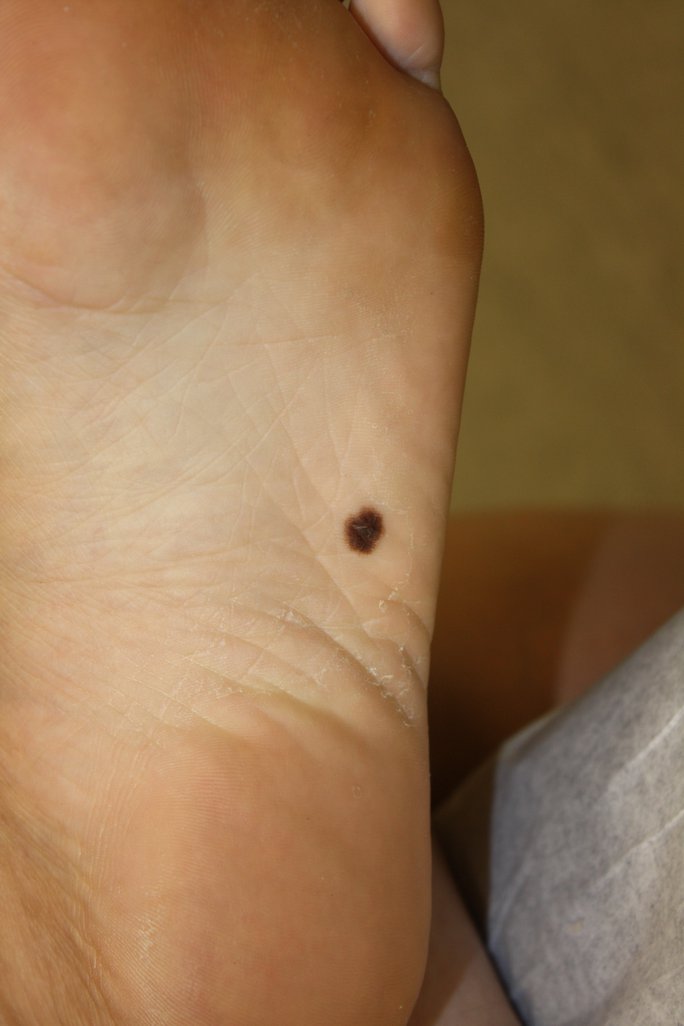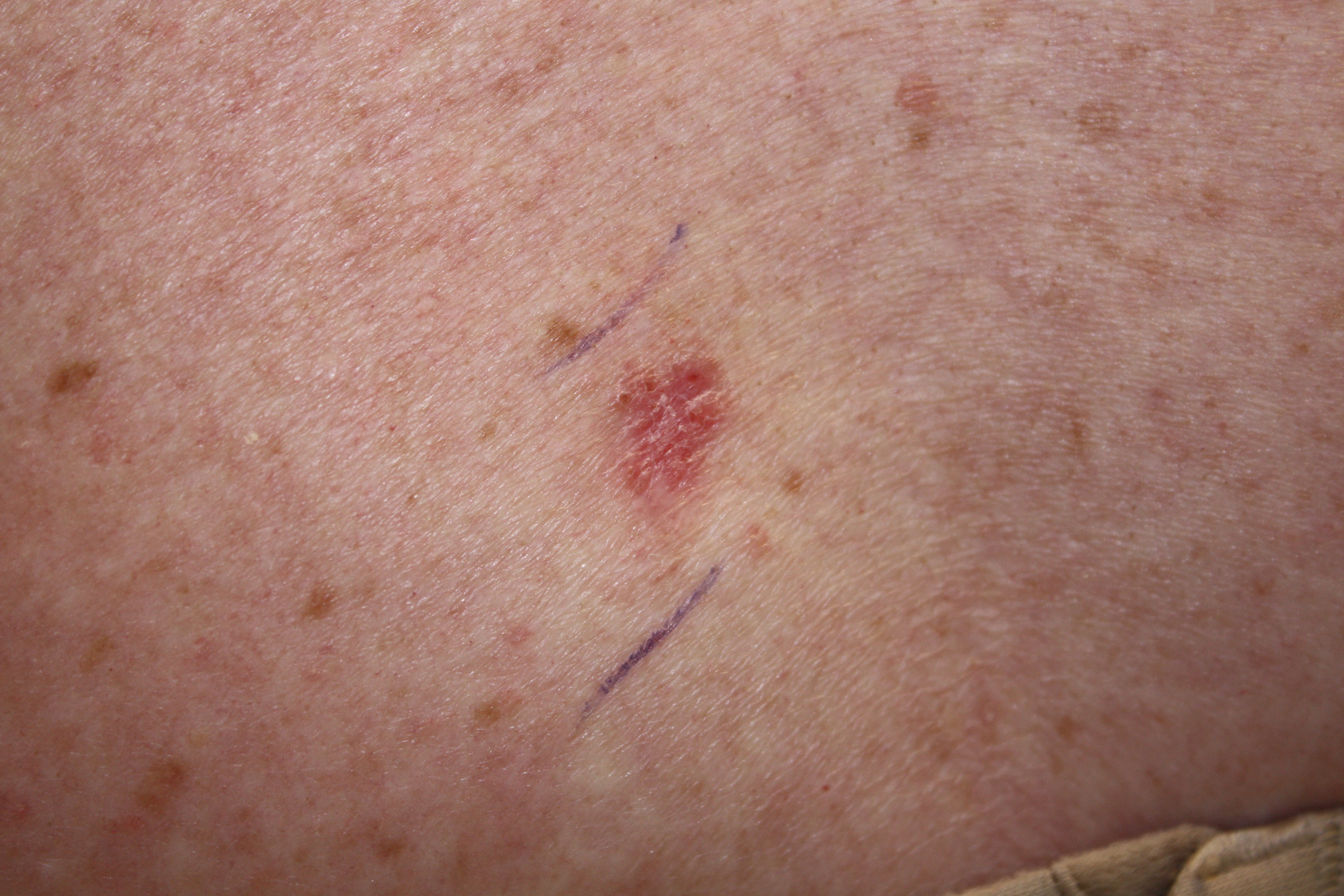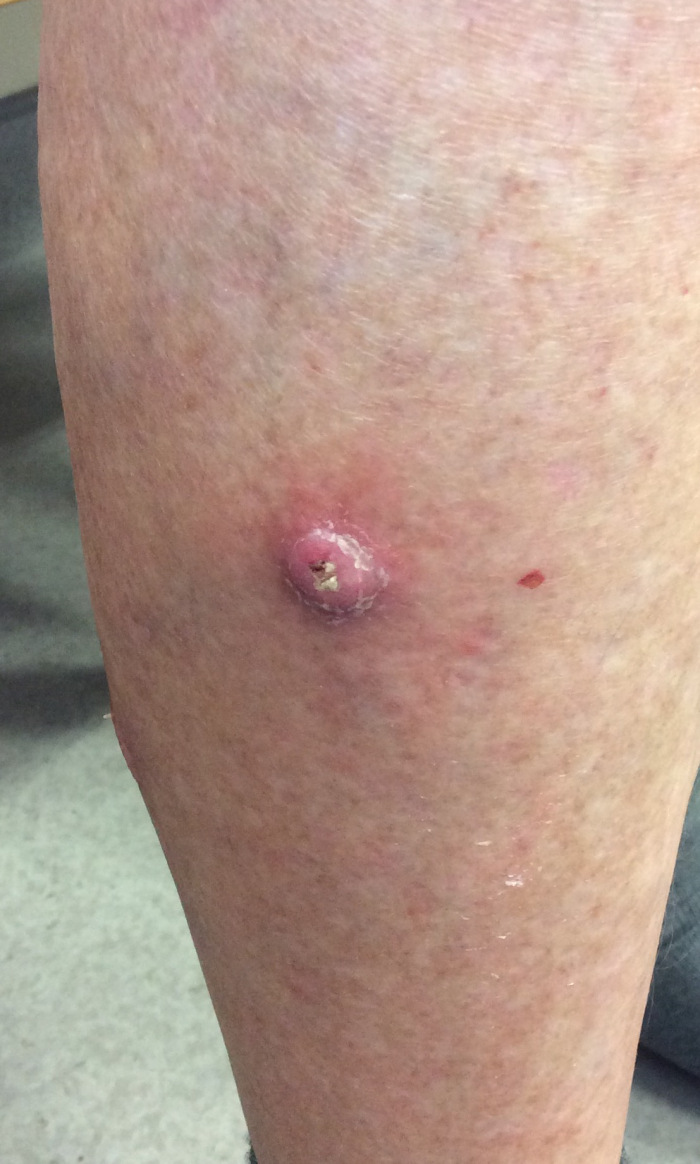What is ABCDE?
Five features that help to recognize carcinogenic moles


Normal: the mole is symmetrical with respect to its center or its axes.
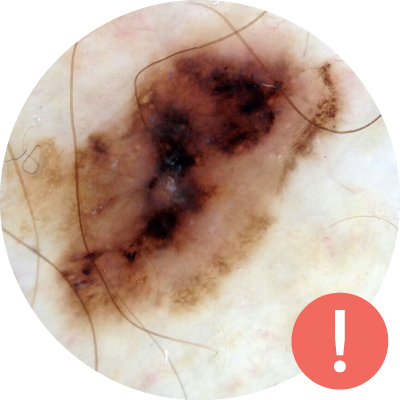
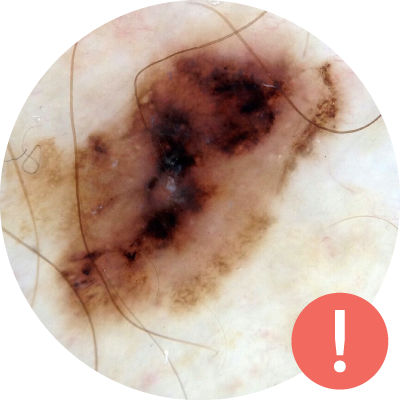
Abnormal: the shape of the mole is asymmetrical.

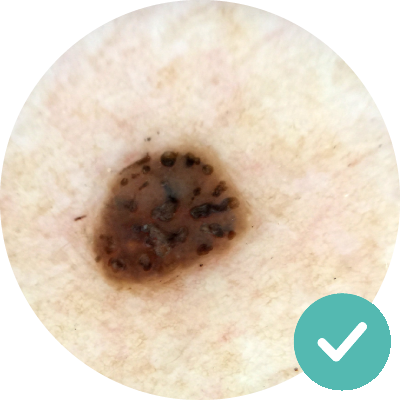
Normal: the borders of the mole are well defined.
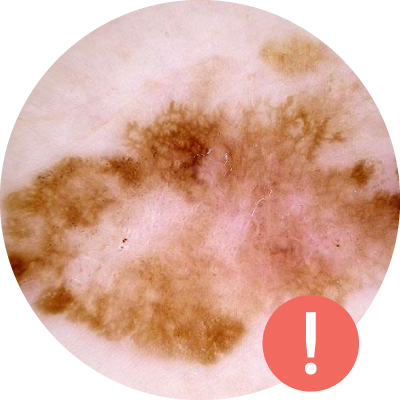
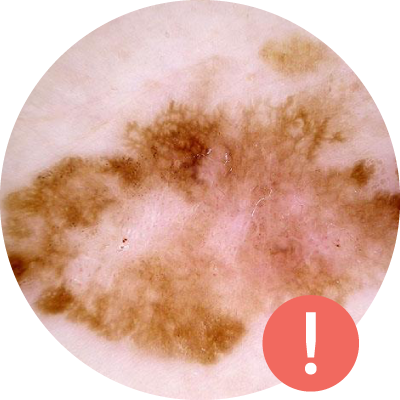
Abnormal: the borders between the mole and the skin are not clearly noticeable.
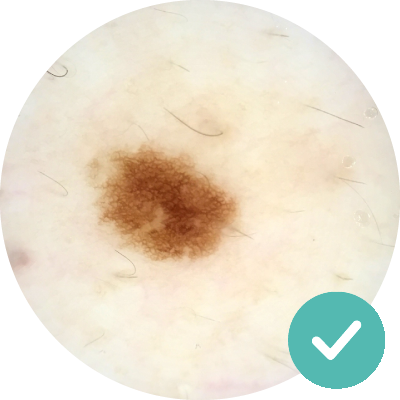
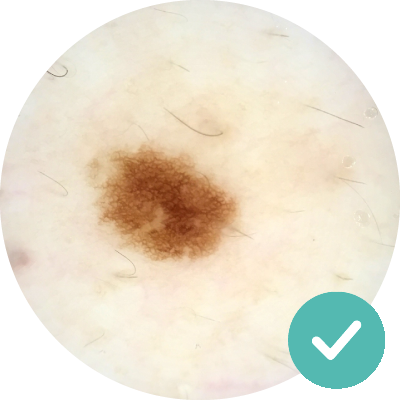
Normal: the color of the mole is dark and similar to the color of the other moles.


Abnormal: the mole has different shades of color or a different color from the other moles.


Normal: within 6mm, about the size of a pencil eraser.

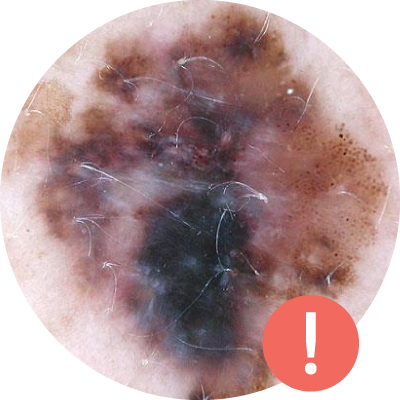
Abnormal: bigger than 6mm.

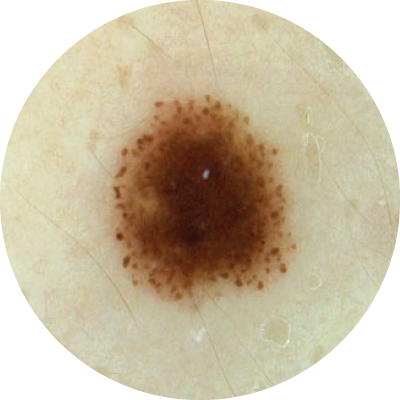
Normal: the size of the mole remains the same.


Abnormal: any change in mole size, shape or elevation, or symptoms such as bleeding, itching or crusting.
